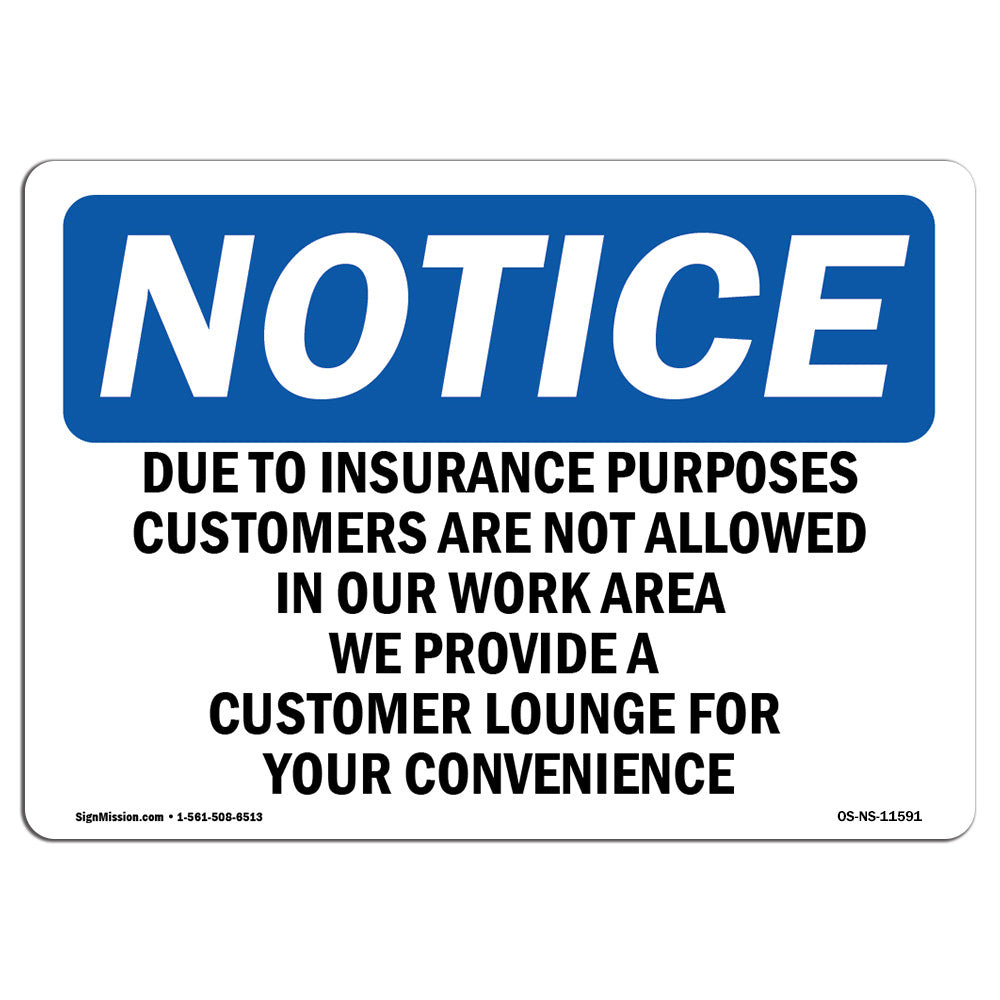The smart Trick of Pacific Prime That Nobody is Discussing
The smart Trick of Pacific Prime That Nobody is Discussing
Blog Article
Not known Facts About Pacific Prime
Table of Contents4 Easy Facts About Pacific Prime DescribedPacific Prime Can Be Fun For EveryoneSome Ideas on Pacific Prime You Should KnowWhat Does Pacific Prime Mean?Getting The Pacific Prime To Work

This is since the information were collected for a duration of strong financial performance. Of the estimated 42 million individuals that were uninsured, almost concerning 420,000 (about 1 percent) were under 65 years of age, the age at which most Americans come to be eligible for Medicare; 32 million were adults in between ages 18 and 65, around 19 percent of all adults in this age; and 10 million were youngsters under 18 years old, concerning 13.9 percent of all kids (Mills, 2000).
These price quotes of the number of persons without insurance are generated from the yearly March Supplement to the Current Populace Survey (CPS), conducted by the Census Bureau. Unless or else kept in mind, national quotes of individuals without medical insurance and proportions of the populace with various sort of insurance coverage are based on the CPS, one of the most widely used resource of estimates of insurance coverage and uninsurance prices.
Indicators on Pacific Prime You Should Know

Still, the CPS is particularly valuable due to the fact that it generates yearly quotes fairly quickly, reporting the previous year's insurance coverage approximates each September, and because it is the basis for a consistent set of price quotes for even more than twenty years, permitting analysis of patterns in protection with time. For these reasons, as well as the comprehensive use of the CPS in various other studies of insurance policy protection that exist in this report, we count on CPS price quotes, with constraints noted.

The estimate of the number of without insurance people increases when a population's insurance coverage status is tracked for numerous years. Over a three-year period starting early in 1993, 72 million people, 29 percent of the united state population, were without insurance coverage for at the very least one month. Within a single year (1994 ), 53 million people experienced a minimum of a month without protection (Bennefield, 1998a)
Six out of every 10 without insurance adults are themselves utilized. Although working does improve the possibility that one and one's relative will certainly have insurance, it is not a guarantee. additional resources Also participants of families with 2 full-time breadwinner have almost a one-in-ten opportunity of being uninsured (9.1 percent without insurance rate) (Hoffman and Pohl, 2000).
The Definitive Guide for Pacific Prime
New immigrants account for a substantial percentage of individuals without health insurance policy. One evaluation has actually connected a considerable part of the current growth in the size of the U.S. uninsured populace to immigrants who showed up in the nation between 1994 and 1998 (Camarota and Edwards, 2000). Recent immigrants (those that came to the United States within the past 4 years) do have a high price of being uninsured (46 percent), but they and their kids represent just 6 percent of those without insurance policy nationally (Holahan et al., 2001).
The relationship between health and wellness insurance and access to care is well developed, as recorded later on in this phase. The relationship between health insurance coverage and health outcomes is neither straight nor basic, an extensive medical and health solutions study literature web links wellness insurance coverage to enhanced access to care, better top quality, and enhanced personal and populace health and wellness condition.
Degrees of analysis for examining the results of uninsurance. This conversation of health and wellness insurance coverage concentrates mostly on the U.S. populace under age 65 since essentially all Americans 65 and older have Medicare or other public coverage. In addition, it focuses especially on those without any kind of health and wellness insurance policy for any type of length of time.
Facts About Pacific Prime Uncovered
The issues dealt with by the underinsured are in some respects comparable to those dealt with by the uninsured, although they are generally much less serious. Health insurance coverage, however, is neither necessary neither sufficient to gain accessibility to medical services. The independent and direct result of wellness insurance protection on access to health solutions is well established.
Others will certainly get the wellness treatment they need also without health insurance coverage, by paying for it out of pocket or seeking it from carriers who supply care free or at extremely subsidized rates. For still others, medical insurance alone does not ensure invoice of care due to various other nonfinancial barriers, such as an absence of healthcare suppliers in their area, minimal access to transportation, illiteracy, or etymological and cultural differences.
Some Ideas on Pacific Prime You Should Know
Formal study about uninsured populations in the United States dates to the late 1920s and very early 1930s when the Board on the Price of Medical Care generated a collection of records concerning financing physician workplace visits and hospitalizations. This problem ended up being prominent as the varieties of clinically indigent climbed up throughout the Great Clinical depression.
Report this page